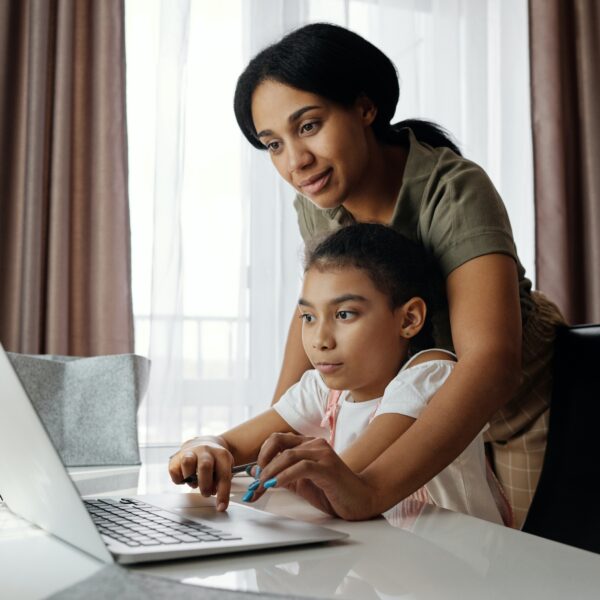Many students look forward to after-school clubs. These clubs allow them to learn and have fun without the stress of bring graded or tested on their work. There are all sorts of academic, music, and sports clubs available to students, but a firm favourite seems to be the science club. While science can be fun, there are certain rules that need to be followed to ensure the safety of the students. If your school is hosting an extracurricular science club, all staff and students should follow these science lab safety rules. Here are the most important rules:
Following the Rules
Students should be paying attention and should be listening to any instructions given to them by a teacher. By not paying attention they could endanger themselves and others and break equipment by not following the rules properly and causing an accident. Handing out printed instructions after demonstrating an experiment and giving the students some time to ask questions is also a way to reduce the number of accidents.
Students should also be deterred from mixing random chemicals together or playing games. Any roughhousing should be also be discouraged. All mobile phones and other gadgets should be put away, so that there are no distractions.
Wear Appropriate Attire
Not all science experiments require the use of safety gear, but when handling chemicals or dealing with Bunsen burners and anything else that could be dangerous, students should have the proper safety gear. There should be enough lab coats or aprons, goggles, face shields, and gloves for everyone. Make sure students with long hair have it tied back and any loose clothing is tucked away.
No Food or Drink in the Lab
As desperate as you might be for Anthony’s Espresso after a long day of teaching, never eat or drink in the lab. This rule should be instilled in the students too. This will prevent unfortunate accidents, like drinking any chemicals or ingesting something toxic, since food can easily become contaminated. Food and drinks should not be stored in the same fridge or cupboard as the equipment and other substances. It is best that food and drinks should be kept out of the lab at all times.
Care for Equipment
You should make sure that all of the science equipment is properly cared for so that the children are not using dirty or damaged equipment. Damaged equipment can cause all kinds of accidents, for example a cracked glass beaker can easily smash in the middle of an experiment. Dirty equipment also poses a problem, for example if a student picks up a test tube that has not been washed, then they will pick up unknown chemicals on their skin and could possibly get chemical burns or irritated eyes if they touch their face with their hands.
If you do notice any broken equipment, it should be immediately replaced or you should talk to the head of the department about having things professionally repaired, for example, there are plenty of pipette repair services and other equipment repairing services available.
All equipment, tools, and chemicals should be locked away in the store cupboard, and not accessible to students.
Keeping the Lab Tidy
Towards the end of the club, all students should be asked to turn off any Bunsen burners and return any safety gear or tools they have borrowed. If there were any accidents or spills, students should tell their teacher straight away so that it can be promptly cleaned up. After any experiences, all surfaces should be cleaned to avoid contamination or harming the next group of students in the lab. Keeping the lab clean and tidy will help to keep it organised and will prevent students from accidentally walking away with any gear or tools.
By following these science lab rules, an extracurricular science club can be fun and safe for all students. Clubs like these are important, because they can inspire students, build their confidence, and enhance their love of science.
If you’re struggling to think of more creative ideas of things you can do in your science club, then maybe it’s time to do some research to learn more about what other schools are doing in their science clubs.
Image Credits: Rodolfo Clix




Like this article? Share with your friends!